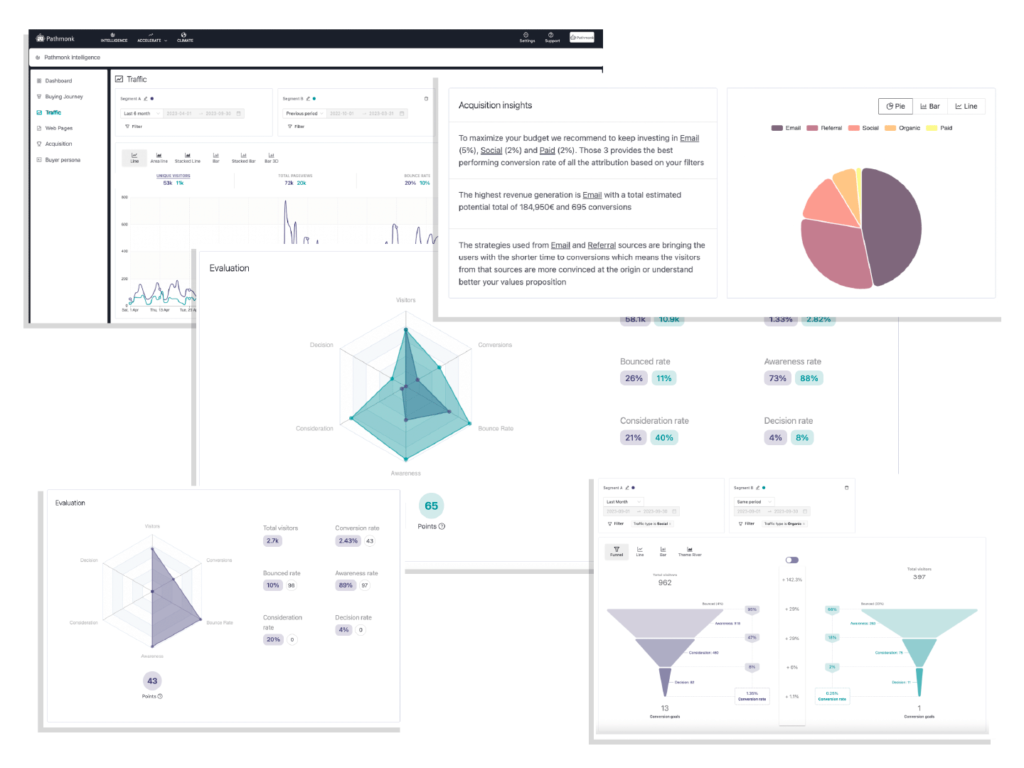What Makes Good Testimonials & How Do They Convert New Customers?

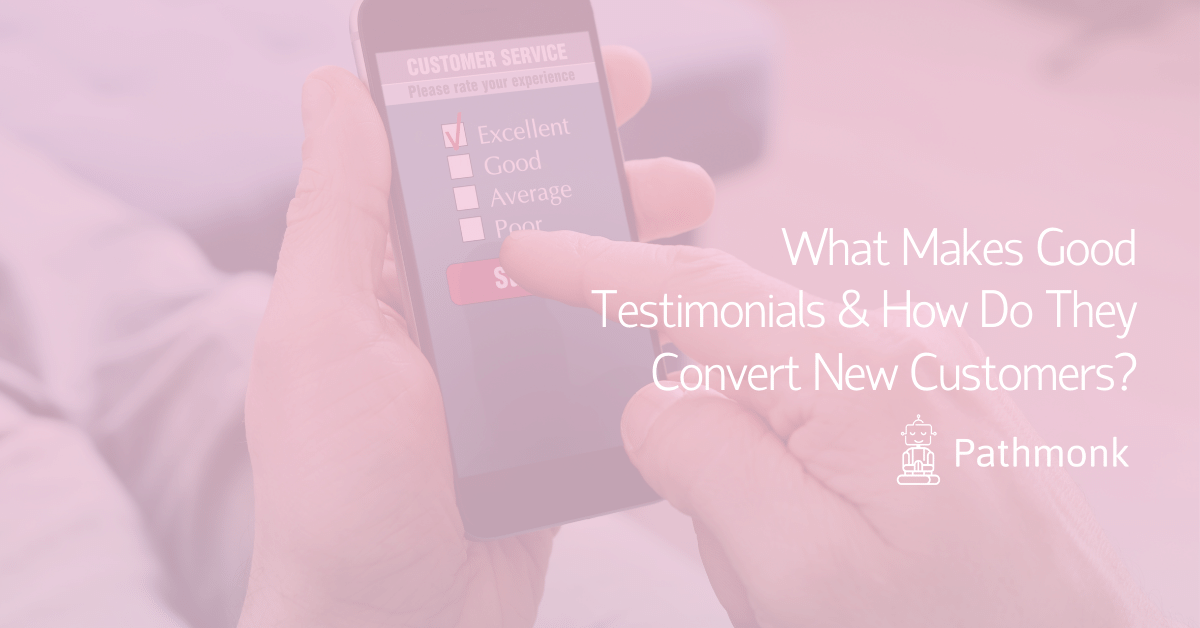
The right testimonial at the right time can be an extremely effective tool for helping website visitors convert to paying customers.
Of course, testimonials are a common occurrence on most modern websites.
You’ll find them on product pages, About Us pages, and even right on the home page. They are short, simple statements that inform the casual visitor that they are in the right place and should absolutely take the opportunity to acquire some amazing products and services.
Surely such glowing words of praise can’t help but convince the thoughtful shopper to become a happy buyer.
Right?
Unfortunately, it’s not quite that simple.
The average testimonial is just that – an average testimonial.
Customers have seen so many of them that anything average is just going to become part of the background.
That doesn’t mean you should give up on testimonials in your marketing efforts.
It simply means you need to understand the difference between good and not-so-useful testimonials and how, exactly, they help convert new customers.
The Whole Point of Testimonials
A testimonial isn’t meant to cold sell a product or service.
Instead, it’s meant to help customers overcome their buyer’s anxiety.
The best testimonials are essentially a way for customers to affirm their choices or solidify their justifications for making a purchase.
In other words, a couple glowing statements about your products aren’t meant to convince someone at the top of the sales funnel to jump right into a purchase.
However, they are ideal for those customers who need a reason to take that last step and make the purchase they’re already considering.
These customers know they want the product, but they’re dealing with that voice in the back of their minds telling them that maybe they should do a little more research. Maybe they should check out the competition. Maybe they should just save their money.
This is the definition of buyer’s anxiety, and it is something that everyone feels from time to time.
And the point of a testimonial is to reduce or eliminate this anxiety.
They’re already looking for a reason to make the purchase, and the right testimonial can give it to them.
Free AI-Powered Buying Journey Toolkit
Learn how to optimize your buying journey and speed up your revenue with top strategies and invaluable resources.
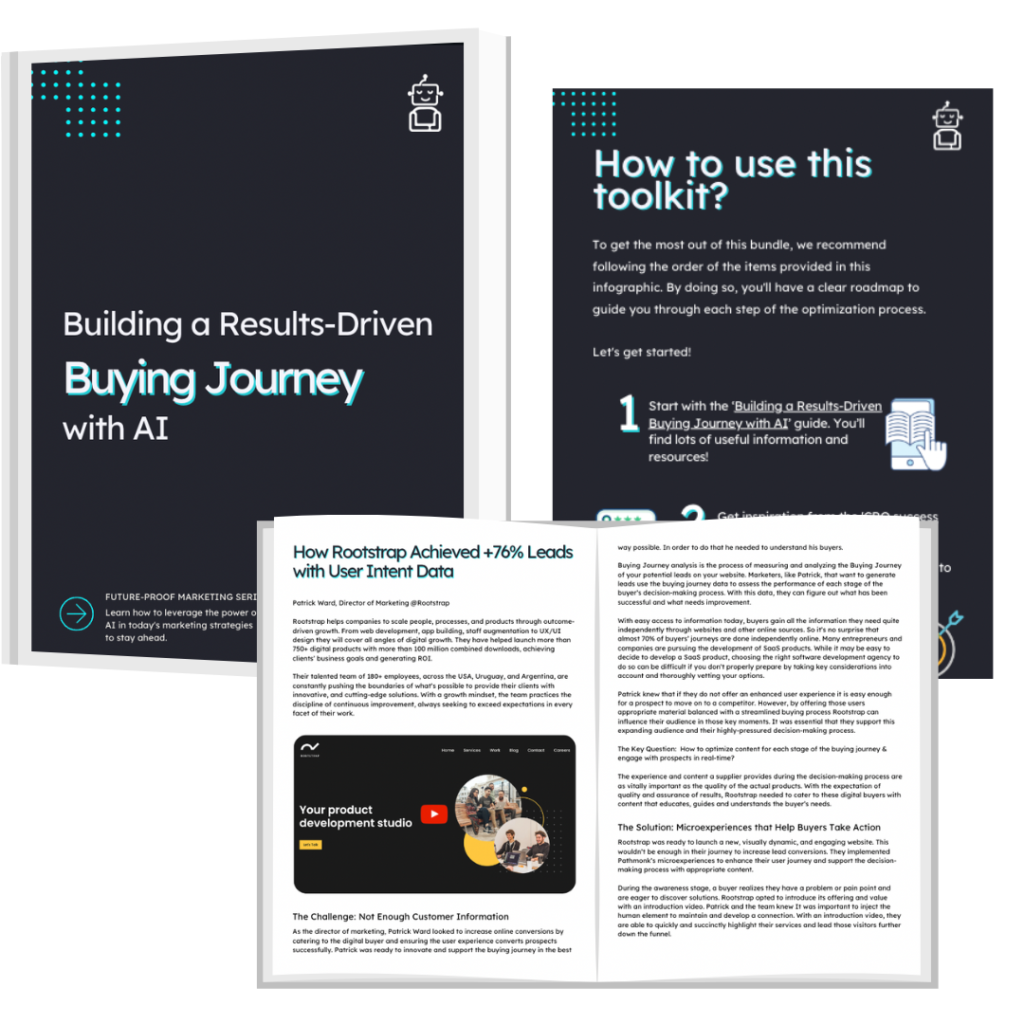
When Testimonials Go Wrong
Plenty of studies have shown exactly how important testimonials are for conversion and business growth.
That doesn’t mean that every testimonial will have the same impact on your customers.
In fact, if the context and content of your testimonial aren’t hitting the right notes, it could even have the exact opposite effect from the one you wanted.
Testimonials have been such an integral part of the online marketing world that they have been woven into almost every aspect of it. From the company’s own website to the search engines and social platforms, and to websites that are nothing but a collection of ratings and reviews.
And, as with everything on the internet, what once was a good and trustworthy way to minimize natural buyer’s anxiety, is now looked at with a certain amount of suspicion.
They’ve been used too much. They’ve been used fraudulently. And they’ve lost a lot of the trust they once had (despite the FTC’s regulations on the matter).
Testimonials are most likely to have a neutral or negative effect when they are simply generalized statements about a company or a product.
Modern customers are learning very quickly to be suspicious of such things, so let’s consider some testimonial examples for a company and what they would tell a customer.
“I never knew I needed [Product X] until I saw it here on [Company Y’s] website. Bill, the salesman, helped me through the whole process and now I love everything about [Product X].” – Jessica S.
Okay, perhaps this is overly generic, but it’s safe to say you’ve seen a number of examples just like this.
How do you prove that “Jessica S.” is a real person? Why does Jessica think the product is so amazing yet doesn’t want to associate her full name with it? Is there a picture with the testimonial? Why should a customer believe that it’s even a real picture?
Don’t convince yourself that these types of testimonials are helpful or, in the worst cases, harmless. If you’re just slapping them up on your website without any more consideration than that, you’re wasting important online real estate that could otherwise be used to drive more conversions.
In fact, you may have contributed to the buyer’s anxiety instead of eliminating it.
Don’t let testimonials fall into the background or become a speed bump for your customers.
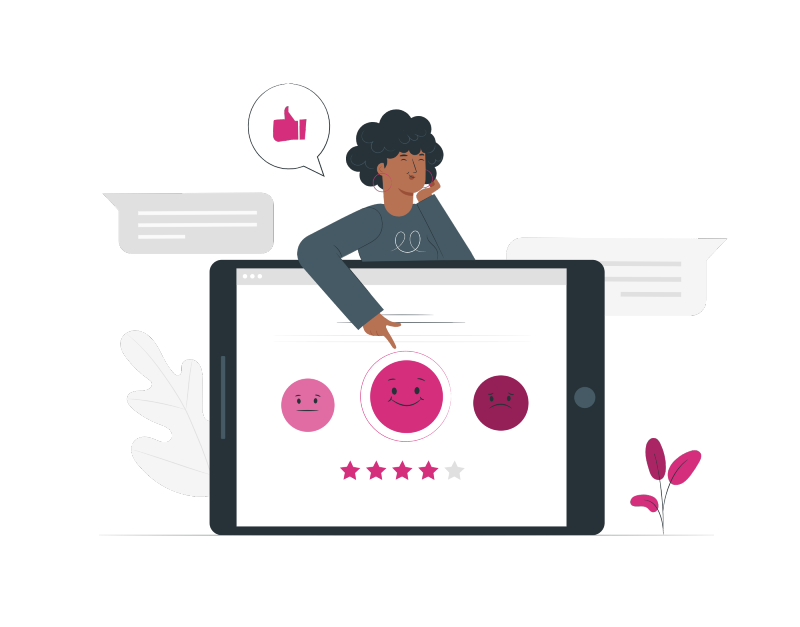
How to Do Testimonials Right
1. Overwhelm them with evidence
Anyone can have one or two testimonials that speak positively about them.
150 testimonials, on the other hand, really say that your products and services have something to offer.
One caveat, here, is that everyone knows about “bots” these days, and they’re well aware that companies can use them to inflate numbers like this.
So, if you have 150 positive, 5-star reviews, chances are it will have the opposite effect on your customers.
If you’re going to present evidence like this, you have to present all the evidence, including the not-so-glowing testimonials.
2. High-Value testimonials
Jessica S. may not have a lot of influence over the casual customer, but if that testimonial example for the company above was from “Jessica Smith, VP of Customer Interaction at Major Company in the Industry,” now you’re far more likely to see an increased response.
Now, we’re a lot closer to what is considered a high-value testimonial.
Details and information – any evidence about the person leaving the testimonial – will provide more value than a name alone. You can add value with:
- Full names
- Company Position
- Actual experiences/outcomes
- Pictures
- Industry relevance
- Videos showing products/services
3. A Shared Experience
A testimonial is at its most effective when potential customers are able to see themselves in the experience.
The story being told – even in such short form – needs to be one that they identify with in order to help reduce the natural anxiety they’re likely feeling.
The testimonial doesn’t need to tell everyone that this is the greatest product created in the history of everything.
It simply has to foster the right conclusion. It has to address the potential pain points.
It has to guide them to the best answers so they can determine, on their own, that, yes, I do need these products or services.
Let’s look at an example testimonial for services and compare it to the one above.
“I had tried to solve [Problem X] on my own several times, but the results never quite reached their full potential. I didn’t want to have to use [Service Y] because I thought I could save money doing it myself. Turned out [Company Z] was able to save me a lot of money in the long run by providing [Service Y] at an affordable rate and constantly checking in with me for approvals along the way.” – Jessica Smith, VP of Customer Interaction at Major Company in the Industry
The thing to remember is that most customers that come to your website likely already have plenty of reasons not to purchase something.
The best testimonials are the ones that address those reasons directly, show that others have felt the same way, and present the benefits they received by choosing to make the purchase.
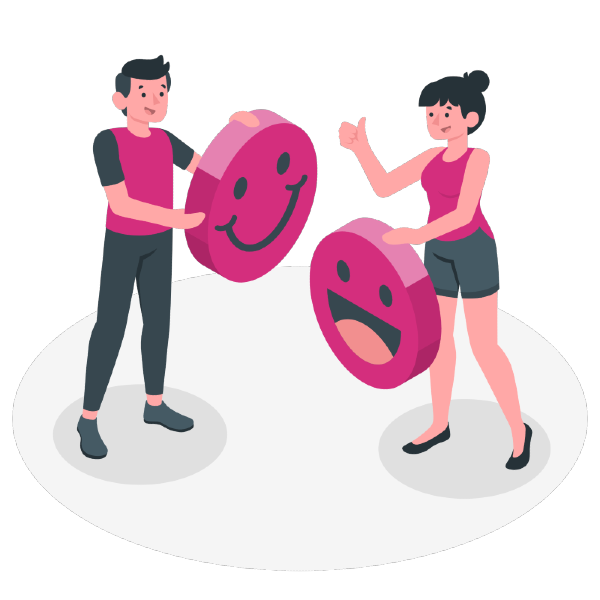
How Should You Include Testimonials on Your Website?
We already discussed how a generalized testimonial just thrown up on the home page of your website isn’t exactly the most effective way to qualify leads or increase conversions.
Those testimonials are probably just taking up important space that could be used in more effective ways.
So, when and where should you use testimonials?
How can you know that using it in this place at this time will help increase direct sales?
In online marketing, there’s no reason to leave anything to guesswork.
You don’t have to make assumptions about how your customers feel or think at any given time. You can, instead, collect huge amounts of actual data on a customer behavior and use it to determine the ideal time and place to show them what other customers had to say about the product or service.
Remember, getting the location and the timing right is only half of this equation.
The other half is the content and context of the testimonial.
If, for example, you had a customer who had a full shopping cart but for some reason wasn’t quite ready to hit that transaction button, you could help them in the decision-making process by drawing their attention to a testimonial.
If that testimonial is just a generic message about how your company generically solved all their problems in an impressive and amazing way, then it’s probably not going to do as much good as you’d hoped.
As we discussed earlier, this may even come across as pushy sales behavior or a last-ditch attempt to manipulate them into making a purchase.
If that is how they perceive the testimonial, their anxiety will go up and you may get the opposite results you were hoping for.
If, on the other hand, you understood who your customers were and why some of them were having anxiety at this stage of the journey – and you had a story from a previous customer who felt the exact same way – you could deliver that message directly to your customers in a direct and efficient way.
And what if you could do it all automatically?
Then you would have an efficient and effective conversion tool that you can use again and again to constantly grow your business and establish yourself as a reliable and trustworthy resource.
Intuitive Cookieless Analytics for Your Web
Understand your customer journey, find drop-offs, and receive actionable insights with AI.
